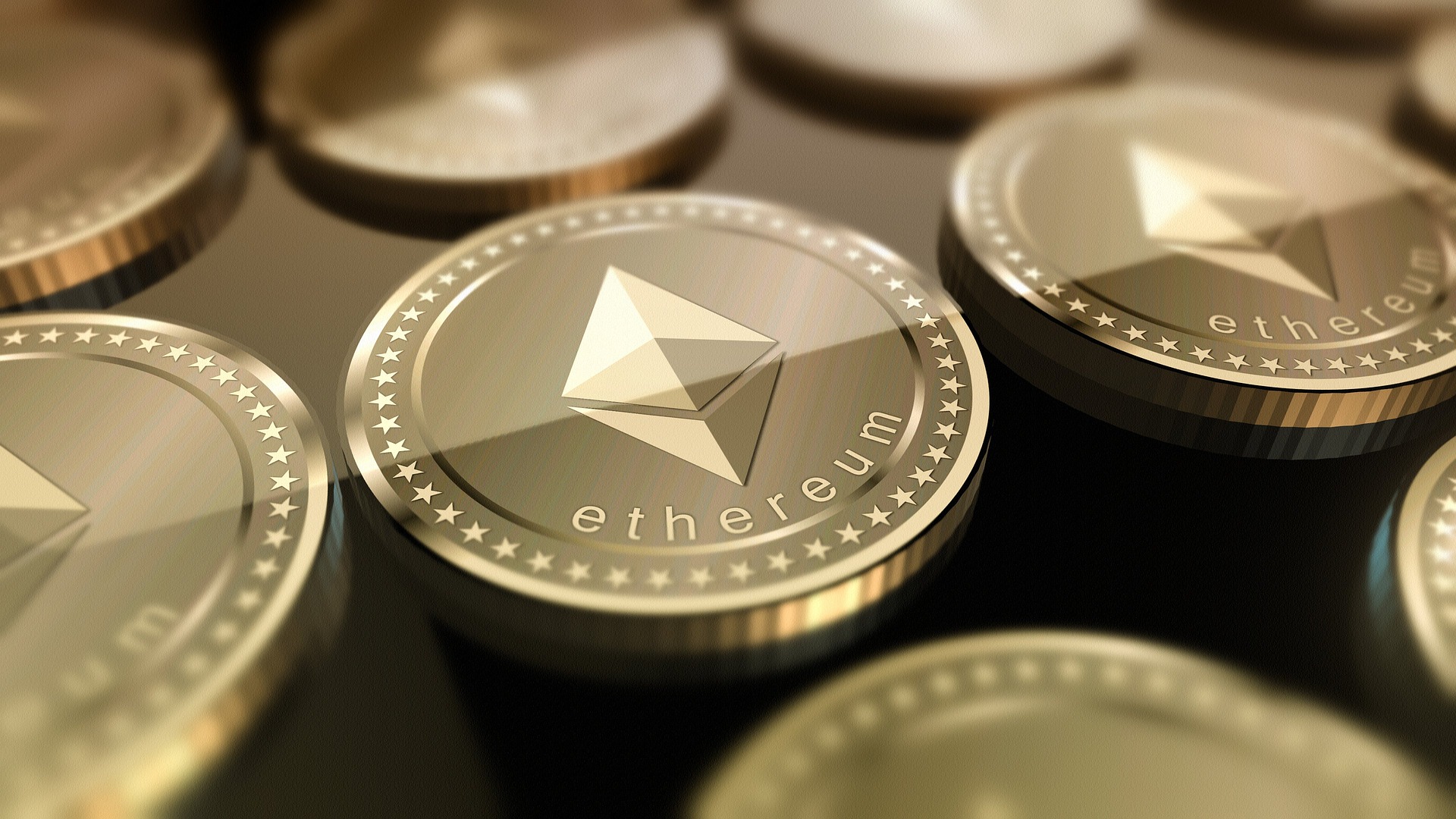Ethereum Technology and Cryptocurrency: A Comprehensive Overview

Introduction
Ethereum is a widely recognized open-source, blockchain-based network that facilitates the development of smart contracts and decentralized apps (dApps). Its inherent digital currency, Ether (ETH), ranks as the second-largest crypto by market cap. In this piece, we’ll explore Ethereum’s background, objectives, reasons for its popularity, successful and beneficial projects, methods to acquire and earn Ether, factors influencing its value, and comparisons to Bitcoin.
Who created Ethereum and when
Ethereum was first introduced in 2013 by a young Russian-Canadian coder, Vitalik Buterin, who was just 19 at the time. Ethereum’s advancement was crowdfunded in 2014, and the platform launched on July 30, 2015, with 72 million pre-mined Ether tokens.
Ethereum’s capabilities
Ethereum allows developers to create and implement smart contracts and dApps, which are self-executing arrangements with the contract terms coded directly. This enables transparent, efficient, and trustless transactions without intermediaries.
Why Ethereum is popular
Ethereum has gained popularity due to its capacity to support the creation of dApps and smart contracts, enabling decentralized finance (DeFi) initiatives and non-fungible tokens (NFTs), among other applications. These innovations have produced a vibrant ecosystem that attracts both developers and investors.
Successful and useful projects
Noteworthy projects built on Ethereum include:
- Decentralized finance (DeFi) platforms such as Uniswap, Aave, and Compound, which allow for cryptocurrency lending, borrowing, and trading without middlemen.
- Non-fungible token (NFT) platforms like OpenSea, Rarible, and SuperRare, which aid in the creation, sale, and trading of distinct digital assets.
- Decentralized autonomous organizations (DAOs) such as MakerDAO, Aragon, and MolochDAO, which facilitate decentralized decision-making and governance within organizations.
Ways to earn and buy Ether (ETH)
Multiple methods to earn and acquire Ether exist:
- Mining: Before the shift to proof-of-stake (PoS), Ether could be mined using a proof-of-work (PoW) consensus algorithm, akin to Bitcoin. However, this is no longer feasible after Ethereum’s transition to PoS.
- Staking: With Ethereum 2.0, users can now earn Ether by staking their tokens to help secure the network.
- Buying: Ether can be bought on various cryptocurrency exchanges using fiat currency or other digital currencies.
- Earning through dApps: Users can also earn Ether by participating in decentralized finance (DeFi) platforms, providing liquidity, or engaging in yield farming.
Factors affecting Ether’s price
Various factors can influence Ether’s price, including:
- Market demand: Like any asset, Ether’s price is impacted by supply and demand dynamics.
- Technological advancements: Innovations and enhancements within the Ethereum ecosystem can attract more users and investors, driving up Ether’s value.
- Market sentiment: General sentiment towards cryptocurrencies and blockchain technology can also impact Ether’s worth.
- Regulatory environment: Regulations and legal frameworks surrounding cryptocurrencies can affect their prices, including Ether.
How Ether (ETH) compares to Bitcoin
Although both Ether (ETH) and Bitcoin are cryptocurrencies, they serve distinct purposes. Bitcoin primarily functions as a store of value and a digital currency, while Ether powers the Ethereum network, enabling smart contracts and dApps. Ethereum’s versatility and potential for real-world applications make it an appealing alternative to Bitcoin for investors and developers.
Ethereum 2.0 and the transition to proof-of-stake
On September 15, 2022, Ethereum completed The Merge, transitioning from a proof-of-work (PoW) model to a proof-of-stake (PoS) model, marking the beginning of Ethereum 2.0. This change aims to enhance the network’s security and scalability. The switch occurred at block 15537393, and despite a single missing block, the merge event was considered a best-case scenario by many investors.
Conclusion
Ethereum is a revolutionary blockchain platform that has significantly impacted the cryptocurrency and blockchain landscape. Its potential for enabling decentralized applications, smart contracts, and innovative projects make it a popular choice for developers and investors. Understanding Ethereum’s history, capabilities, and how it compares to other cryptocurrencies like Bitcoin is essential for anyone interested in this technology and its native cryptocurrency, Ether.




